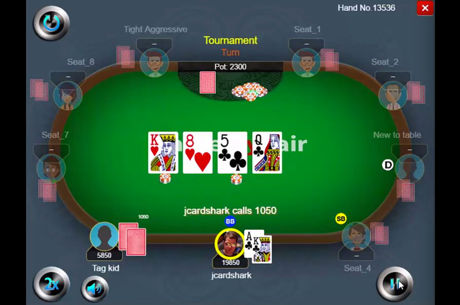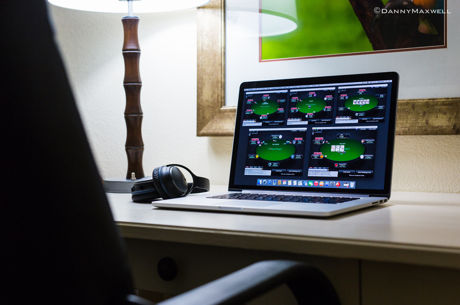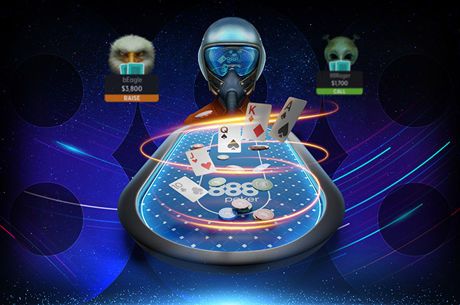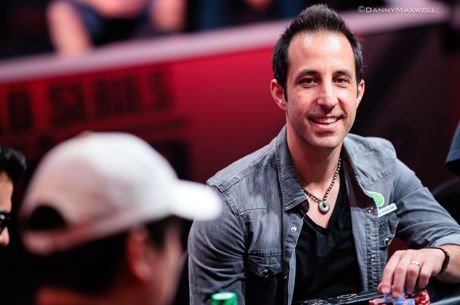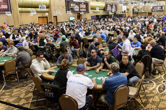Extracting Value After Turning Top Two Pair in a Multi-Way Pot

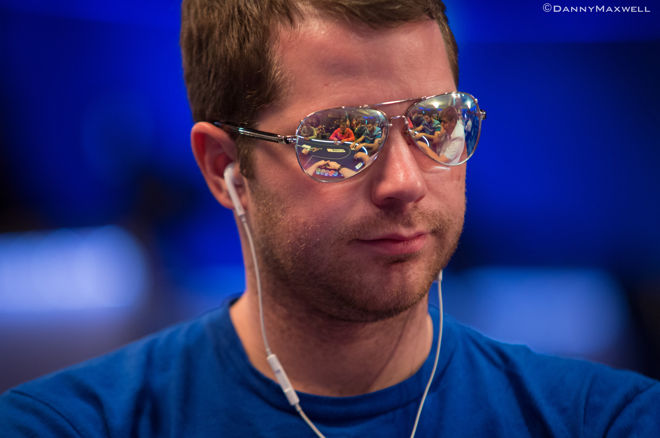
The 2016 World Series of Poker is coming soon and I’m looking forward to spending another summer in Las Vegas playing tournaments and cash games. This week I have another hand from last year’s WSOP to discuss, this one coming from a $1,500 buy-in no-limit hold’em event.
It’s early in the tournament (blinds 150/300, ante 25) and I’ve already built a relatively large stack with nearly 25,000 when I get dealt K♥Q♠ in big blind.
As I mention in the video, it’s often hard to get value with your good hands from out of position — and it’s hard to bluff with your bad hands from out of position, too — which makes playing with position always preferable. Here, though, a tight-passive player raises from middle position and gets a call from the cutoff, and I call as well from the BB, looking to proceed cautiously.
I flop top pair and it checks around, then improve to two pair on the turn as the board shows 7♠6♠Q♦K♣.
The turn presents an interesting situation, because the initial raiser either has nothing or has improved to top pair. If he has nothing, the only way to extract value is by checking, making that the best play because if he has improved to top pair, you will usually be able to play a significant pot no matter how you play it.
I check the turn, the initial raiser bets, and the late-position caller sticks around with a call, presenting me with another interesting spot in which a check-raise appears in order. Take a look at what I do and what happens next, and hear my explanations as the hand proceeds:
The big decision here was not being too eager to lead with a bet on the turn after making two pair, but checking instead (and getting to play a big pot as a result).
Would you have played the same way in this situation? Let me know in a comment below.
Jonathan Little is a professional poker player and author with over $6,200,000 in live tournament earnings. He writes a weekly educational blog and hosts a podcast at JonathanLittlePoker.com. You can follow him on Twitter @JonathanLittle.
Want to stay atop all the latest in the poker world? If so, make sure to get PokerNews updates on your social media outlets. Follow us on Twitter and find us on both Facebook and Google+!

